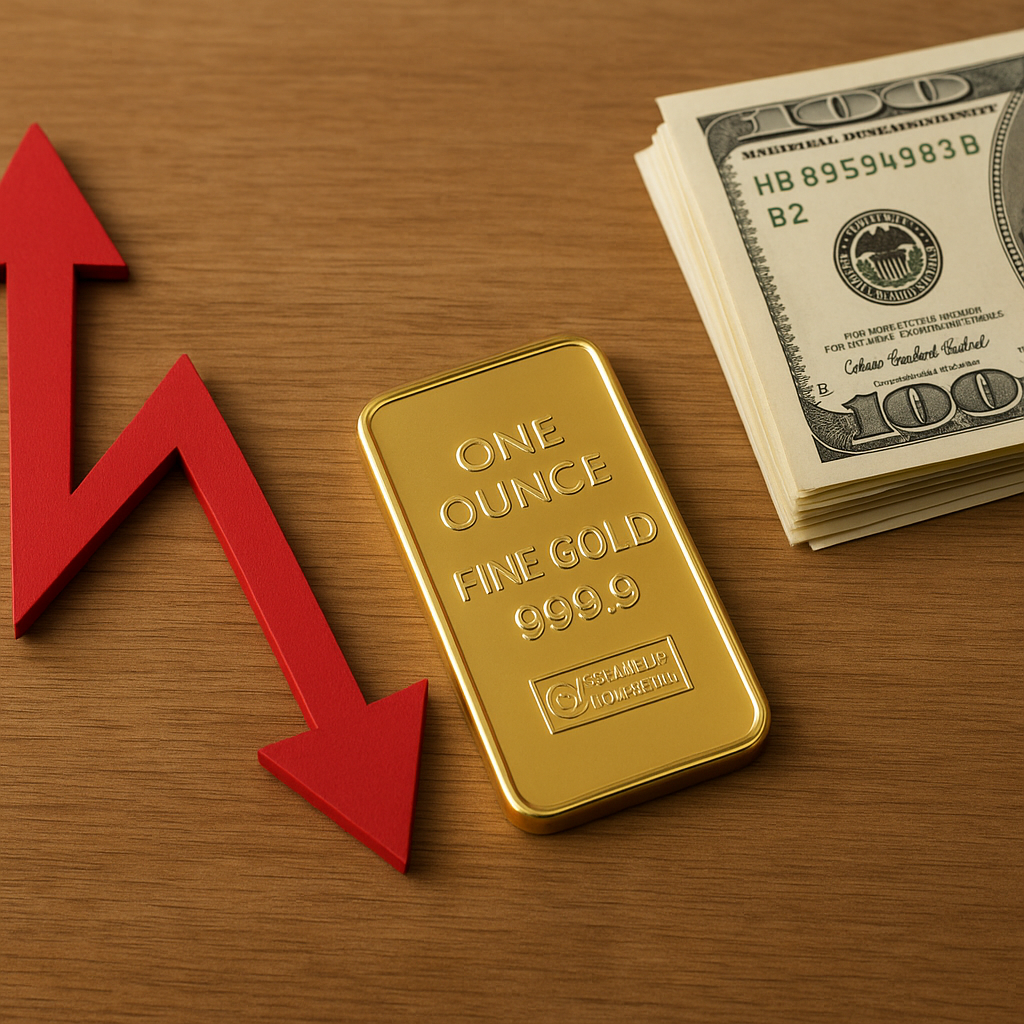The global gold market has always been a focal point for investors, economists, and policymakers alike. As we look towards 2025, the question on everyone’s mind is whether gold prices will continue their upward trajectory. This article delves into the factors influencing gold prices, historical trends, and expert predictions to provide a comprehensive outlook on the future of gold.
Factors Influencing Gold Prices
Gold prices are influenced by a myriad of factors, each playing a significant role in determining the market’s direction. Understanding these factors is crucial for anyone looking to invest in or analyze the gold market.
Economic Uncertainty
One of the primary drivers of gold prices is economic uncertainty. During times of financial instability, investors often flock to gold as a safe haven asset. This behavior is rooted in gold’s historical role as a store of value. When stock markets are volatile or when there are concerns about inflation, gold tends to perform well. For instance, during the 2008 financial crisis, gold prices surged as investors sought refuge from the turmoil in traditional financial markets.
Inflation and Currency Fluctuations
Inflation is another critical factor that impacts gold prices. As inflation rises, the purchasing power of fiat currencies declines, making gold an attractive alternative. Historically, gold has been seen as a hedge against inflation. Additionally, currency fluctuations, particularly in major currencies like the US dollar, can influence gold prices. A weaker dollar makes gold cheaper for holders of other currencies, potentially driving up demand and prices.
Geopolitical Tensions
Geopolitical events and tensions can also have a significant impact on gold prices. Conflicts, wars, and political instability often lead to increased demand for gold as a safe haven. For example, during periods of heightened tensions in the Middle East or trade disputes between major economies, gold prices have historically seen upward movements.
Central Bank Policies
Central banks play a pivotal role in the gold market. Their policies on interest rates and gold reserves can influence prices. When central banks lower interest rates, it reduces the opportunity cost of holding non-yielding assets like gold, making it more attractive. Furthermore, central banks themselves are major buyers of gold, and their purchasing decisions can impact market dynamics.
Historical Trends in Gold Prices
To predict the future of gold prices, it’s essential to examine historical trends. Over the past few decades, gold has experienced several bull and bear markets, each influenced by the factors mentioned above.
The 1970s Bull Market
The 1970s saw one of the most significant bull markets in gold’s history. This period was characterized by high inflation, geopolitical tensions, and economic uncertainty. The end of the Bretton Woods system in 1971, which decoupled the US dollar from gold, also played a crucial role in driving prices up. By the end of the decade, gold prices had increased nearly tenfold.
The 2000s and the Financial Crisis
The early 2000s marked the beginning of another significant bull market for gold. Factors such as the dot-com bubble burst, rising oil prices, and geopolitical tensions contributed to this trend. However, it was the 2008 financial crisis that truly propelled gold prices to new heights. As global markets crashed, gold emerged as a preferred asset, reaching an all-time high in 2011.
Recent Trends and the COVID-19 Pandemic
In recent years, gold prices have been influenced by a combination of factors, including economic policies, geopolitical tensions, and the COVID-19 pandemic. The pandemic, in particular, led to unprecedented economic uncertainty, prompting central banks to implement aggressive monetary policies. These actions, coupled with fears of inflation, drove gold prices to record levels in 2020.
Expert Predictions for 2025
As we look towards 2025, experts have varying opinions on the future of gold prices. While some predict continued growth, others foresee potential challenges that could impact the market.
Optimistic Outlook
Many analysts remain optimistic about gold’s prospects in 2025. They cite ongoing economic uncertainties, potential inflationary pressures, and geopolitical tensions as reasons for continued demand. Additionally, the transition towards green energy and technological advancements could increase industrial demand for gold, further supporting prices.
Potential Challenges
On the other hand, some experts caution against overly bullish predictions. They point to potential interest rate hikes by central banks as a factor that could dampen gold’s appeal. Higher interest rates increase the opportunity cost of holding gold, potentially leading to reduced demand. Furthermore, a stronger global economic recovery could shift investor focus away from safe-haven assets like gold.
Conclusion
The future of gold prices in 2025 remains uncertain, influenced by a complex interplay of economic, geopolitical, and market factors. While historical trends and current conditions suggest potential for continued growth, investors should remain vigilant and consider both the opportunities and challenges that lie ahead. As always, diversification and a well-informed strategy will be key to navigating the ever-evolving gold market.












